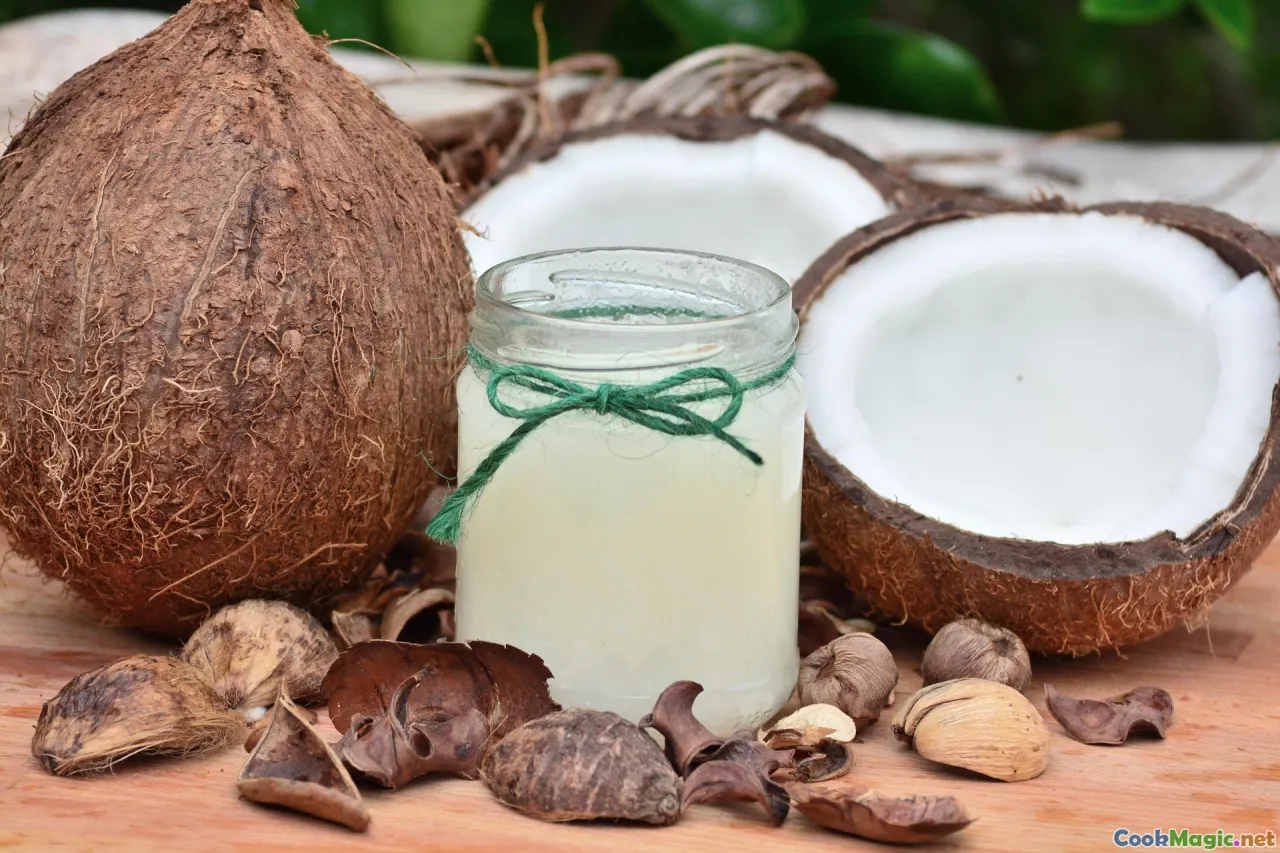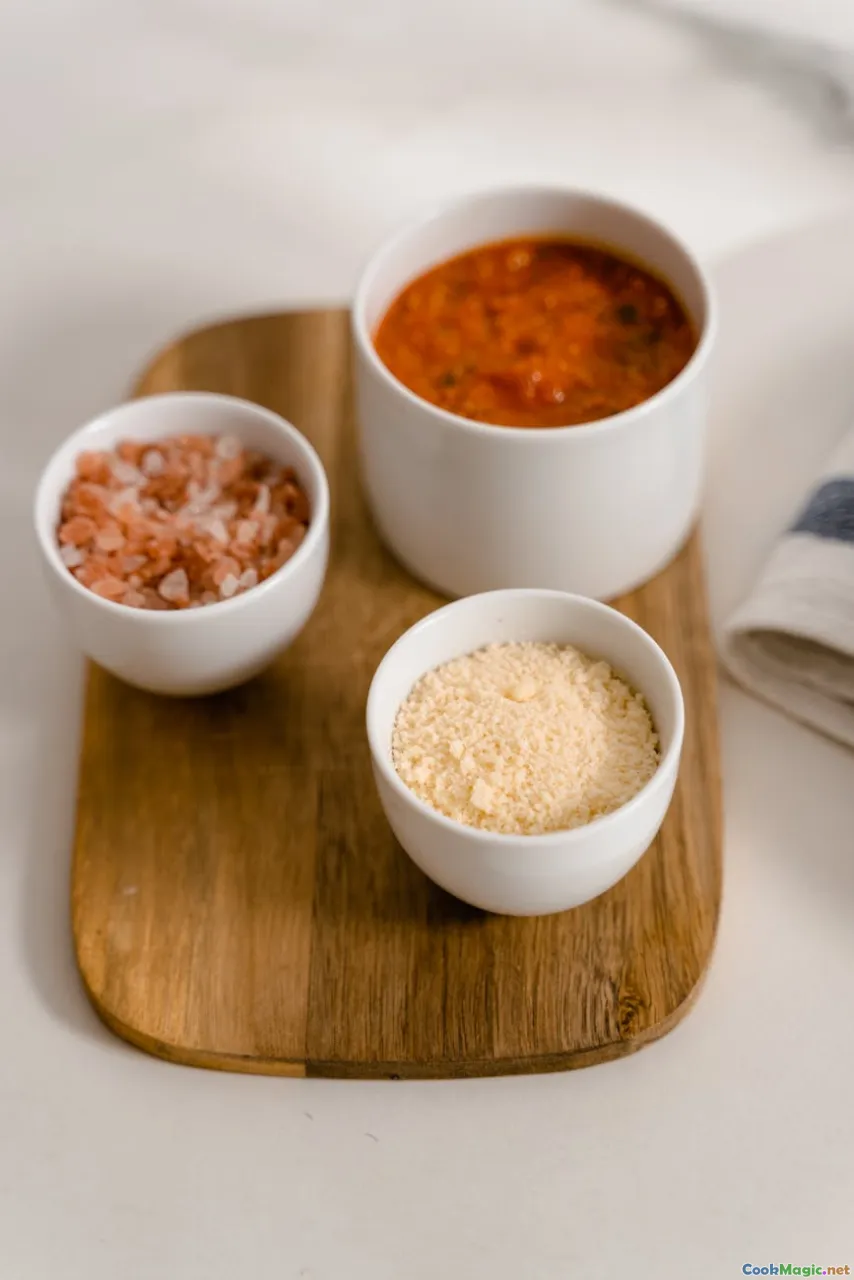Coconut Water and Cream in Island Sauces
12 min read Explore how coconut water and cream craft vibrant, flavorful island sauces, enriching Tahitian culinary traditions with tropical richness. August 03, 2025 06:05
Coconut Water and Cream in Island Sauces: The Heart of Tahitian Cuisine
The gentle ripple of the lagoon, the scent of blooming frangipani, and the vibrant tapestry of Tahiti’s lush landscapes all converge in the island’s culinary traditions. At the heart of Tahitian cuisine lies a profound appreciation for natural flavors—meat kissed by smoky fire, fruits bursting with tropical richness, and sauces that tell stories of island life and cultural exchange. Among these, coconut water and cream are more than ingredients; they are the essence of connection, heritage, and sensory delight.
Stepping into a Tahitian kitchen, you quickly realize that coconuts aren't just for drinking—they’re fundamental to every aspect of life. Their watery nectar and luscious cream are windows into history, geography, and communal identity. This article explores their pivotal role in island sauces, unveiling culinary techniques, cultural insights, and personal stories that deepen the reader’s appreciation for these golden treasures.
The Cultural Tapestry of Coconuts in Tahiti

Coconuts in Tahiti are as ubiquitous as the azure sky. Historically, coconuts arrived with Polynesian voyagers, serving as both a sustenance and a symbol of life’s generosity. Indigenous Tahitians integrated coconuts into their daily routines—using the water as a refreshing beverage, the cream for cooking, and the husk for building and crafts.
The islands’ communal cooking revolves around understanding and respecting nature’s bounty. Coconut water and cream aren’t just flavors—they’re vessels of memory, tradition, and identity. The servis (family meal tradition) often features sauces simmered with coconut, tying together generations through shared tastes and stories.
A Personal Reflection
Growing up in Tahiti, I recall the thrill of cracking open a freshly harvested coconut under the warm sun, the sweet, slightly nutty scent wafting into the breeze. The tender water was a cooling balm, while the thick white cream became a vital ingredient in family recipes that have persisted for centuries. These moments embody the intimate dance between the islander and nature—a harmony that infuses Tahitian cuisine with authenticity.
The Art of Extracting Coconut Water and Cream

Preparing coconut water and cream begins with harvesting mature coconuts—ideally, those with a coarse, hairy shell, signaling they're primed with our prized liquids.
Selecting the Right Coconuts
For authentic Tahitian sauces, look for mature brown coconuts that rattle when shaken, indicating the presence of ample water. The outer husk should be firm, with a rough texture.
Opening Coconuts
Using traditional tools—preferably a heavy machete or a coconut hook—carefully crack open the shell over a bowl. The first step is to drain the fresh water into a bowl; it’s subtly sweet, slightly salty, and packed with electrolytes—perfect for drinking or adding to sauces.
Extracting Coconut Cream
To obtain coconut cream, grate the white flesh delicately with a traditional grater, then squeeze it through a muslin cloth. The resulting liquid, when left to settle, separates into clear coconut water and rich cream. For culinary purity, professional Tahitian chefs often use a centrifuge or gentle pressing to maximize yield.
Handling and Storage
Fresh coconut water is best enjoyed immediately—its essence begins to diminish with time. Coconut cream, however, can be stored in a cool, dark place or refrigerated for up to a week. Familiarity with these fresh ingredients grants cooks the flexibility to craft sauces that carry the soul of Tahiti.
Enriching Island Sauces with Coconut Water and Cream

In Tahitian cuisine, sauces serve not merely as condiments but as integral components that elevate the main ingredients—be it fish, chicken, or vegetables. Coconut water and cream introduce layers of flavor, adding richness, freshness, and depth.
The Foundation: Poisson Cru à la Tahitienne
One of the most celebrated dishes—Poisson Cru—embodies the marriage of citrus, raw fish, and coconut milk (another term for coconut cream). Fresh tuna cubes are marinated in lime juice until slightly opaque, then gently combined with coconut cream, diced cucumber, onions, and a hint of salted, toasted breadfruit.
The coconut cream lends a silky texture contrasting with the bright acidity of lime, cooling the palate while enriching each bite. Variations include adding starfruit or papaya, with coconut water used to dilute the mixture when a lighter touch is desired.
Coconut-Infused Sauces for Grilled Meats
Coconuts lend vibrant tang and smoothness to grilled chicken or fish sauces. Imagine a marinade blending coconut water, crushed garlic, ginger, lime zest, and chopped herbs like tiaré. After marinating, the protein is grilled until charred and aromatic.
A final splash of coconut cream in the sauce or drizzled atop just before serving introduces an indulgent creaminess, balancing smoky flavors with tropical sweetness.
Traditional Uses in Aka Pate and Other Leafy Sauces
Aka Pate—a silky, flavorful green sauce—features coconut water sometimes incorporated to thin out palm or taro leaf pastes, giving them a subtle sweetness and silky texture. Coconut water’s natural electrolytes also assist in balancing tangy or spicy elements.
Modern Innovation: Fusion Dressings and Soups
Coconut milk and water open avenues for contemporary Tahitian-inspired dressings for salads—mixing coconut water with lime juice, chopped chili, and fresh herbs creates a tangy, hydrating drizzle. Likewise, coconut water is used in tropical soups, such as a light, spicy fish and vegetable broth, adding a subtle sweetness and hydration in the humid climate.
Technique Tips for Perfecting Coconut-Infused Tahitian Sauces

Achieving a balanced coconut flavor in sauces involves finesse:
- Freshness is key: Always opt for freshly extracted coconut water and cream for vibrant flavor.
- Control the salt: Coconut’s natural sweetness can be balanced with sea salt, but avoid overpowering with too much.
- Temperature management: Light heat enhances flavor without risking curdling the coconut cream—never boil it aggressively.
- Experiment with dilution: Coconut water can tame richer coconut cream or milk, making sauces lighter but still flavorful.
Practice blending coconut water with citrus juice, herbs, and spices to craft complex, layered sauces that reflect Tahiti’s harmony of flavors.
Personal Stories: The Soul of Tahitian Sauces
Some of my most cherished memories involve gathering with local cooks in remote villages, where the process of making coconut-based sauces becomes a communal ritual.
In one such instance, I participated in a pitava—a traditional gathering—where elders shared stories while cracking coconuts and preparing sauces. The air was infused with fragrant coconut cream mingled with smoky island wood fires. As they combined freshly grated coconut with lime and fresh fish, the act was as important as the flavor—an affirmation of culture passed through generations.
The patience and respect for ingredients during these moments make each spoonful of Tahitian coconut-based sauce a testament to history and community.
Savoring and Serving

Presentation enhances the sensory journey. Bright ceramic bowls, woven palm leaves, and native flowers frame the vibrant colors of sauces—crimson fish teams up with the white of coconut cream, garnished with fresh herbs.
Serve coconut-infused sauces alongside freshly grilled seafood, tropical salads, or steamed vegetables. Pair with locally brewed arrangements like bia or kava for an authentic experience that soothes and energizes.
Coconut water and cream do more than flavor—they evoke the spirit of Tahiti: pure, generous, and rooted in nature’s harmony.
Immerse yourself in these flavors, and let the essence of the island nourish your culinary soul.
A Final Reflection
In Tahiti, coconuts are a symbol of life’s abundance. Their water and cream breathe life into sauces that tell stories of ocean currents, volcanic soil, and island tradition. Incorporating these natural ingredients with respect and creativity offers a pathway into the heart of Polynesian culinary artistry.
Whether you’re crafting a simple ceviche or an intricate green sauce, remember that every drop of coconut water and every spoonful of cream carries the profound legacy of Tahiti—a taste of paradise itself.
Let each dish be a celebration of the island’s lush bounty, and may your culinary journey always be flavored with the pure, tropical magic of coconuts.









